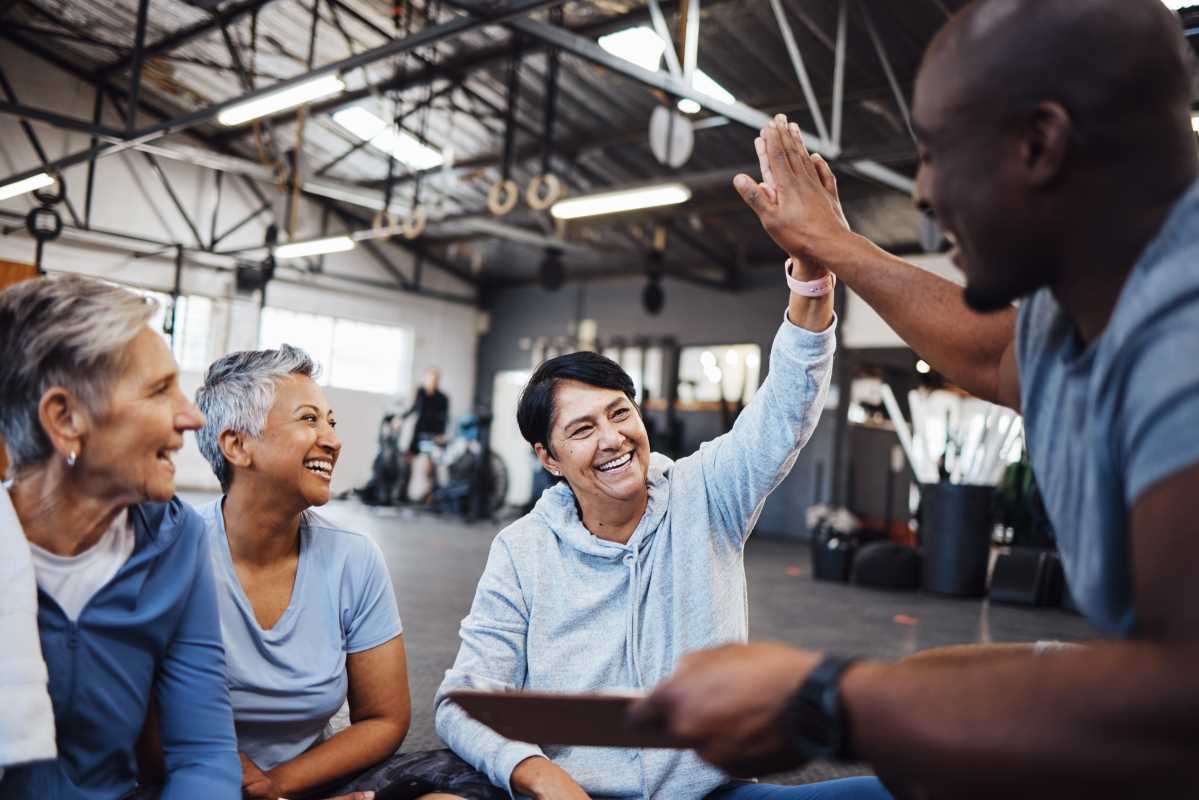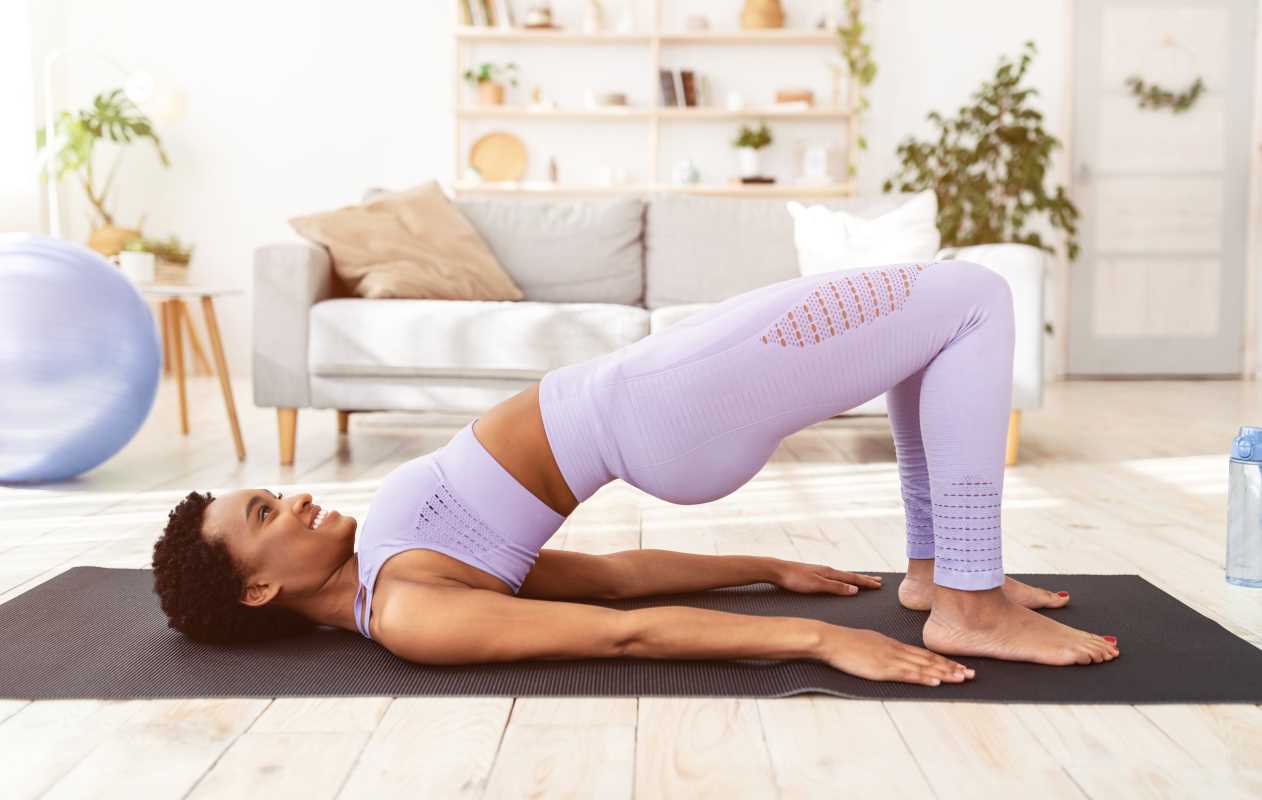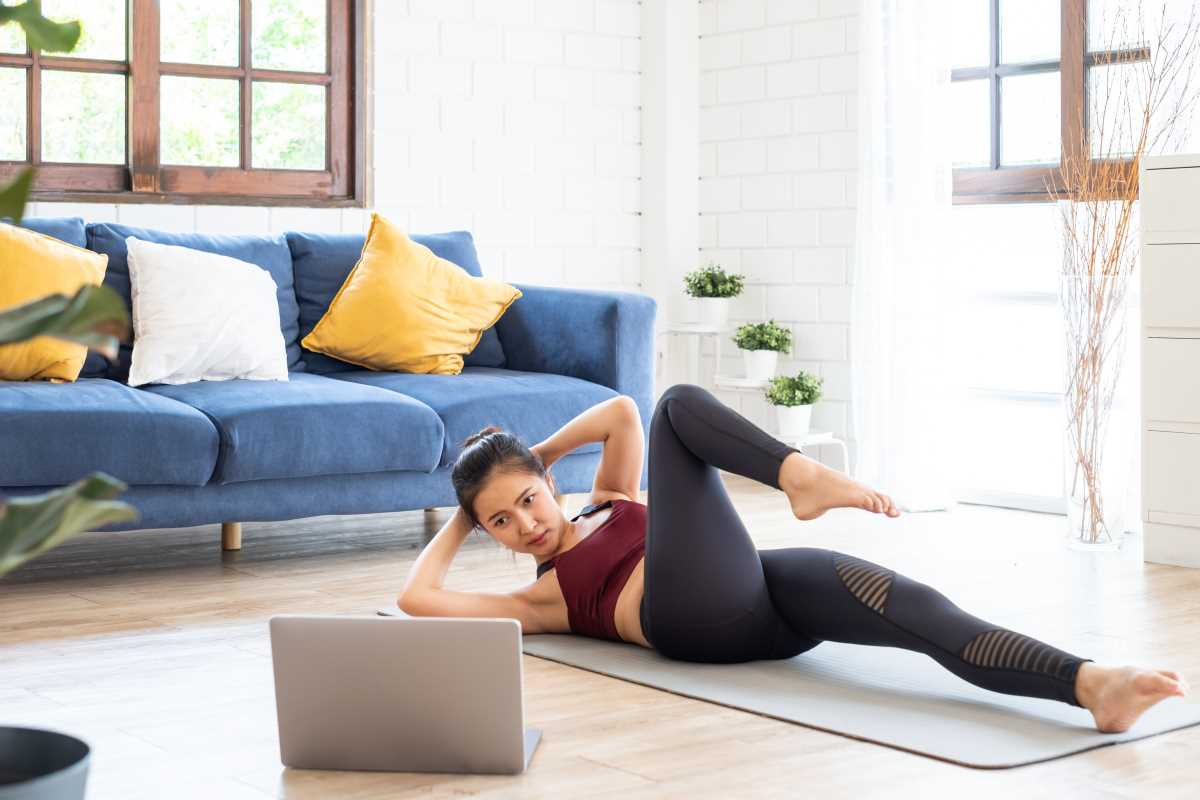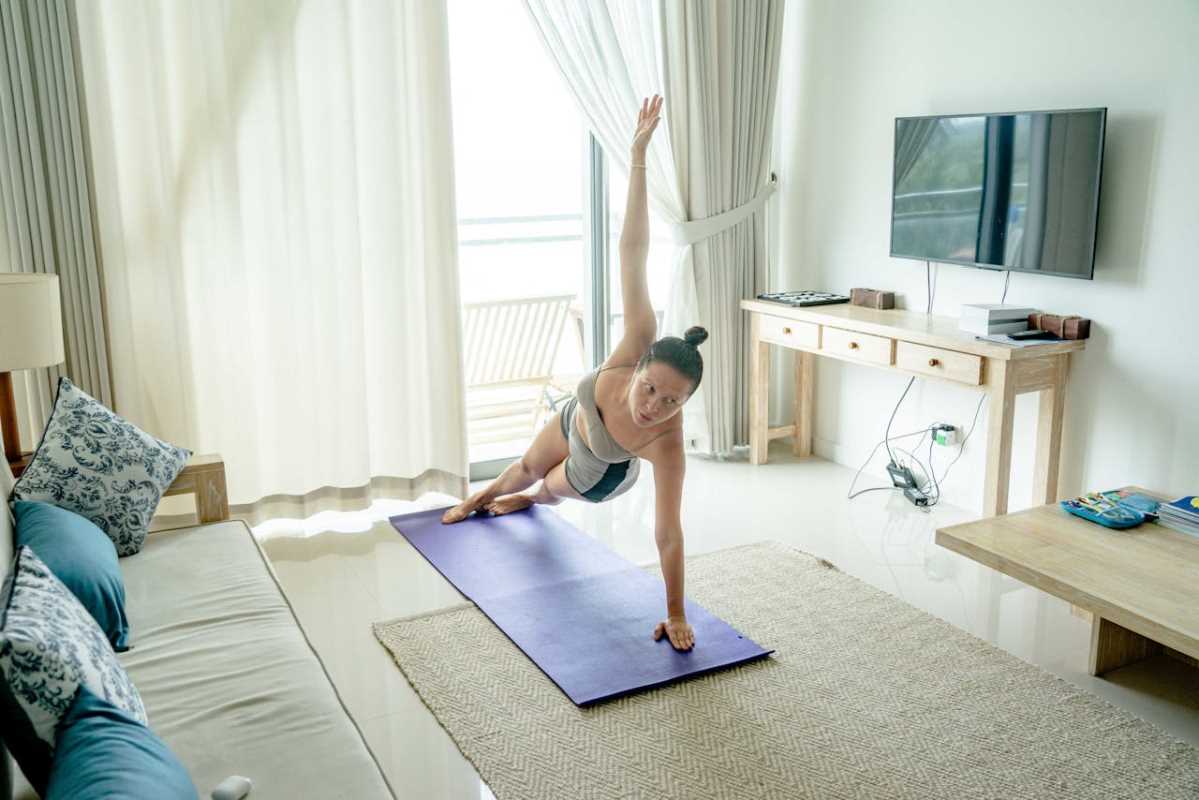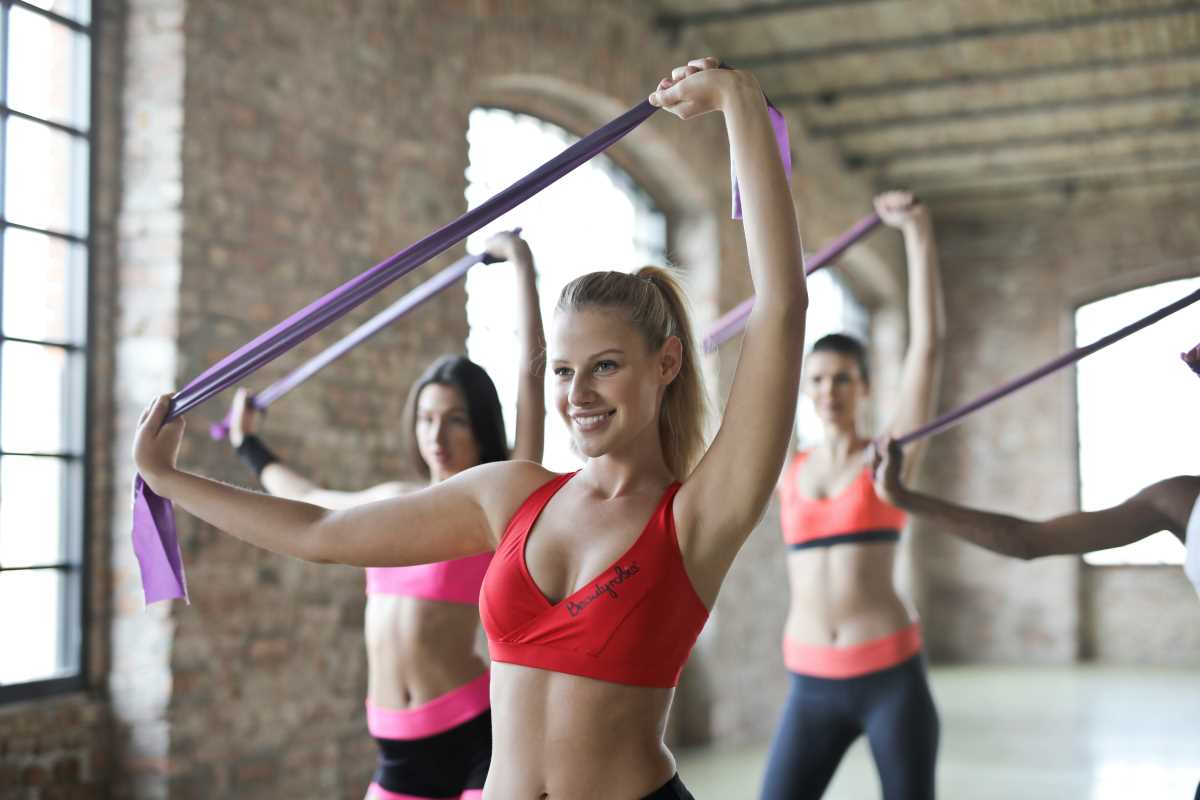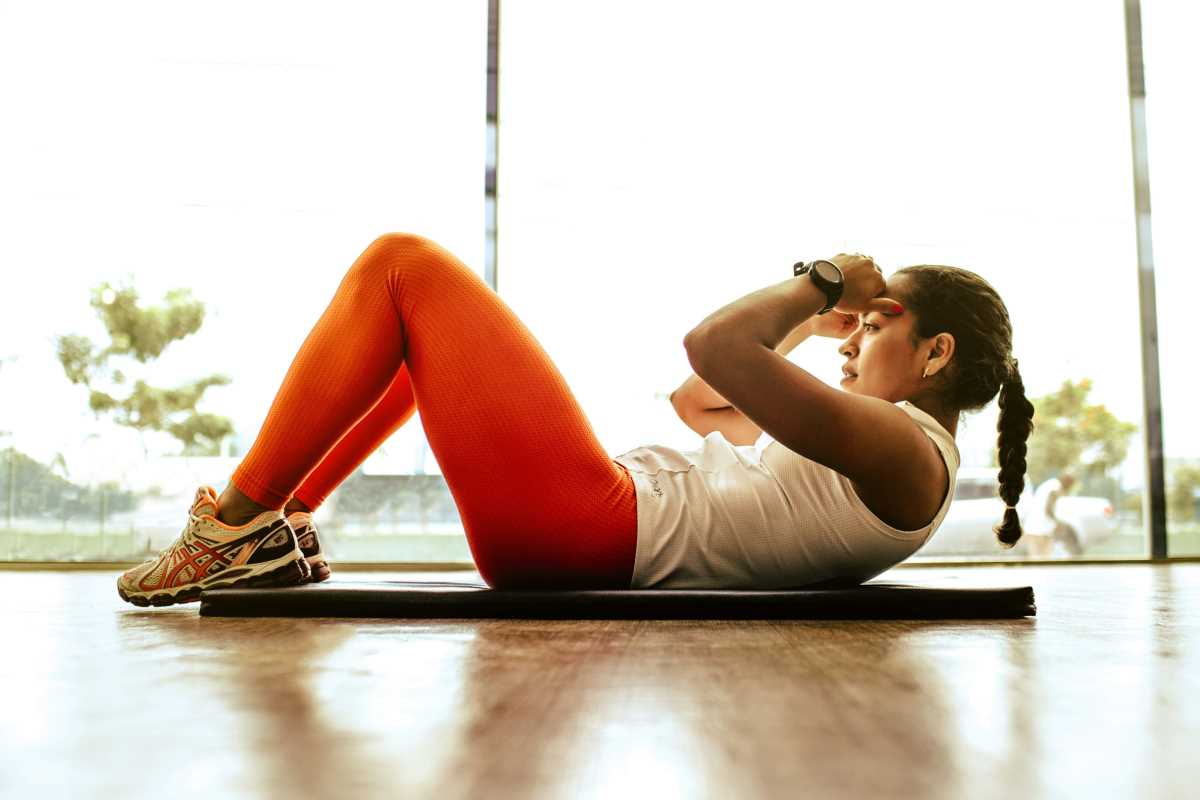Healing after an injury can leave you searching for clarity, eager to regain ease and comfort in your body. Stiff muscles and resistant joints make daily activities challenging, yet gentle movement offers a way forward. Exploring targeted exercises through Pilates introduces an approach that supports both flexibility and strength. With careful attention to detail, small and deliberate movements help restore mobility and encourage balance. This introduction highlights how focusing on these precise actions in Pilates can gradually rebuild your connection to your body, offering practical steps to nurture both resilience and freedom as you recover.
Instead of generic stretches, you’ll explore angles that tease out hidden tension, then learn detailed steps that feel more like sculpting each muscle fiber than flipping through a routine. Get ready to reshape how you view post-rehab flexibility with two major blocks: big-picture insights and hands-on drills you can practice right away.
Clearer Ideas About Post-Injury Mobility
1. Examine Directional Tension
Purpose: Target stiffness where it matters most.
How-to:
- Identify the vectors where your body resists movement (e.g., diagonal lifts, rotational reaches).
- Design stretches and mobility drills that cross those specific lines.
- Why it works: A multiplanar focus challenges scar tissue and deep fascia in a controlled way, improving overall mobility.
2. Use Variable Resistance
Purpose: Engage hidden stabilizers during rehab.
How-to:
- Replace linear tools like Pilates springs with resistance bands or water weights.
- Change the pull direction throughout each repetition.
- Why it works: Variable resistance activates smaller stabilizer muscles and revives dormant fibers without risking overload.
3. Prioritize Eccentric Control
Purpose: Retrain safe joint angles and smoother motion.
How-to:
- Focus on the lengthening phase of each movement (e.g., slowly lowering legs or arms).
- Keep the descent steady and deliberate.
- Why it works: Eccentric training stimulates mechanoreceptors, reduces protective spasms, and reinforces smooth transitions back to full range of motion.
Step-by-Step Movement Strategies
- Alignment Awareness: Improve spinal health by learning where each vertebra sits before you move.
- Purpose: Creates a stable foundation for deeper stretches.
- Steps:
- Lie on a mat with knees bent and feet flat.
- Scan from tailbone to head, noticing any natural curves.
- Use a small towel roll at your lumbar if the gap feels too wide.
- Metric: Holds work best around 10–15 seconds per micro-adjustment.
- Insider Tip: Exhale fully as you press your spine into the mat to reveal hidden hinges.
- Segmented Rib Mobilization: Target upper thoracic stiffness by isolating each rib section.
- Purpose: Frees shallow breathing and integrates core support.
- Steps:
- Sit tall on a Pilates box or firm chair.
- Place hands on the sides of your ribcage below the armpits.
- Gently inhale into your hands, then exhale as you draw ribs down and together.
- Cost: No equipment required beyond a chair.
- Insider Tip: Pause mid-inhale to feel each rib expand like a pearl opening, then close with the exhale.
- Dynamic Hip Clock: Rebuild hip range by moving in clock-like patterns.
- Purpose: Reintroduces controlled rotation and diagonal lift for joint resilience.
- Steps:
- Lie on your back with one knee bent and foot flat.
- Lift the opposite leg to hip height and imagine your ankle pointing to 12 o’clock.
- Slowly guide the ankle to 3, 6, 9 and back, keeping pelvis stable.
- Availability: Use a small strap if you lack hamstring flexibility.
- Insider Tip: Perform slower cycles on the side that feels tighter to balance both hips.
- Controlled Roll-Up Variations: Unlock mid-spine stiffness with modified roll-ups.
- Purpose: Encourages sequential spinal articulation and core engagement.
- Steps:
- Begin seated with legs extended and ankles flexed.
- Place hands on shins and gently round forward until fingertips reach past knees.
- Reverse the motion one vertebra at a time back to upright.
- Metric: Aim for 5–8 clean reps per session.
- Insider Tip: If full extension causes discomfort, perform the move leaning against a wall for support.
- Weighted Biceps Curl Integration: Combine upper-limb loading with core stabilization.
- Purpose: Builds arm strength without sacrificing spinal alignment.
- Steps:
- Sit on the end of a *reformer* or firm bench with a light dumbbell in each hand.
- Draw elbows close to your ribcage and curl weights toward shoulders.
- Keep your abdominals engaged to prevent arching or slumping.
- Cost: Use 2–5-pound weights initially.
- Insider Tip: Pause halfway down to feel both the concentric and eccentric phases work in harmony.
Integrate movements into your daily routine
Doing a couple of minutes of these exercises regularly is more effective than a single long session. Try a hip-clock circuit while waiting for water to boil or spinal rolls between meetings. These quick drills add up—one precise repetition eases tension from your joints.
Note which movements feel freer than yesterday. Celebrate when a stiff segment bends without pain. Over time, small improvements add up, making your next Pilates class feel more like a milestone than a chore.
Adopt a structured stretching routine after injury to regain confidence and range of motion efficiently. Treat recovery as an opportunity to learn, not just a checklist.
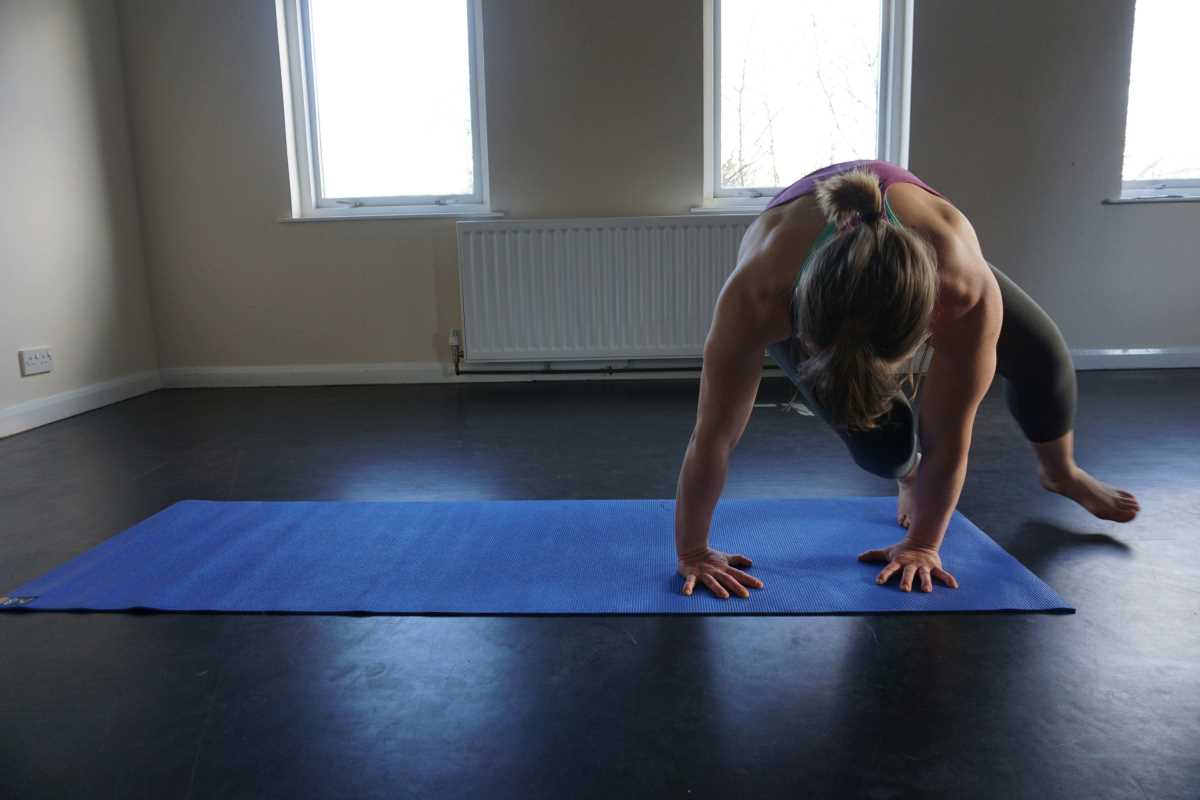 (Image via
(Image via